Aberchirder, better known as Foggie, is one of the north-east’s notable ‘planned towns’ of the 18th Century.
The town in historic Banffshire will celebrate its 260th anniversary next year after it was established by a local laird in 1764.
In March 1764, an advertisement appeared in the P&J’s forerunner, the Aberdeen Journal, informing the public that Alexander Gordon of Auchintoul wanted to build a village.
He wished to build a grid-plan community on the high road between Huntly and Banff on part of his estate near Auchintoul House.
It was initially called ‘Foggieloan’, derived from the the old croft on which the square was set out. The site is occupied by the Fife Arms today.
In 1823 the laird renamed it Aberchirder; the ancient name of the parish of Marnoch.
But to locals, it’s still known as Foggie.
Aberchirder may have grown and changed over the years, but its sense of community remains.
We’ve opened the archives and taken a look back at Aberchirder over the last 60 years.
Pictures: Memories of Aberchirder
If you enjoyed this, you might like:
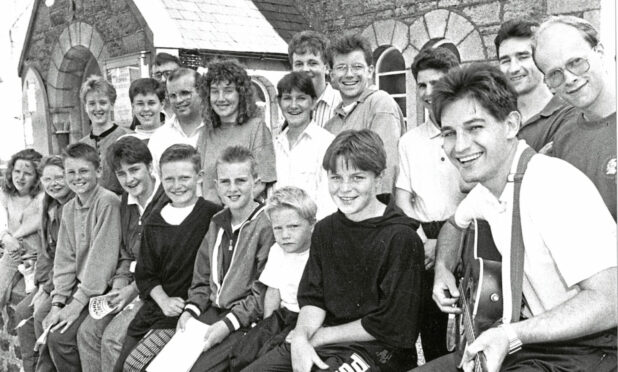
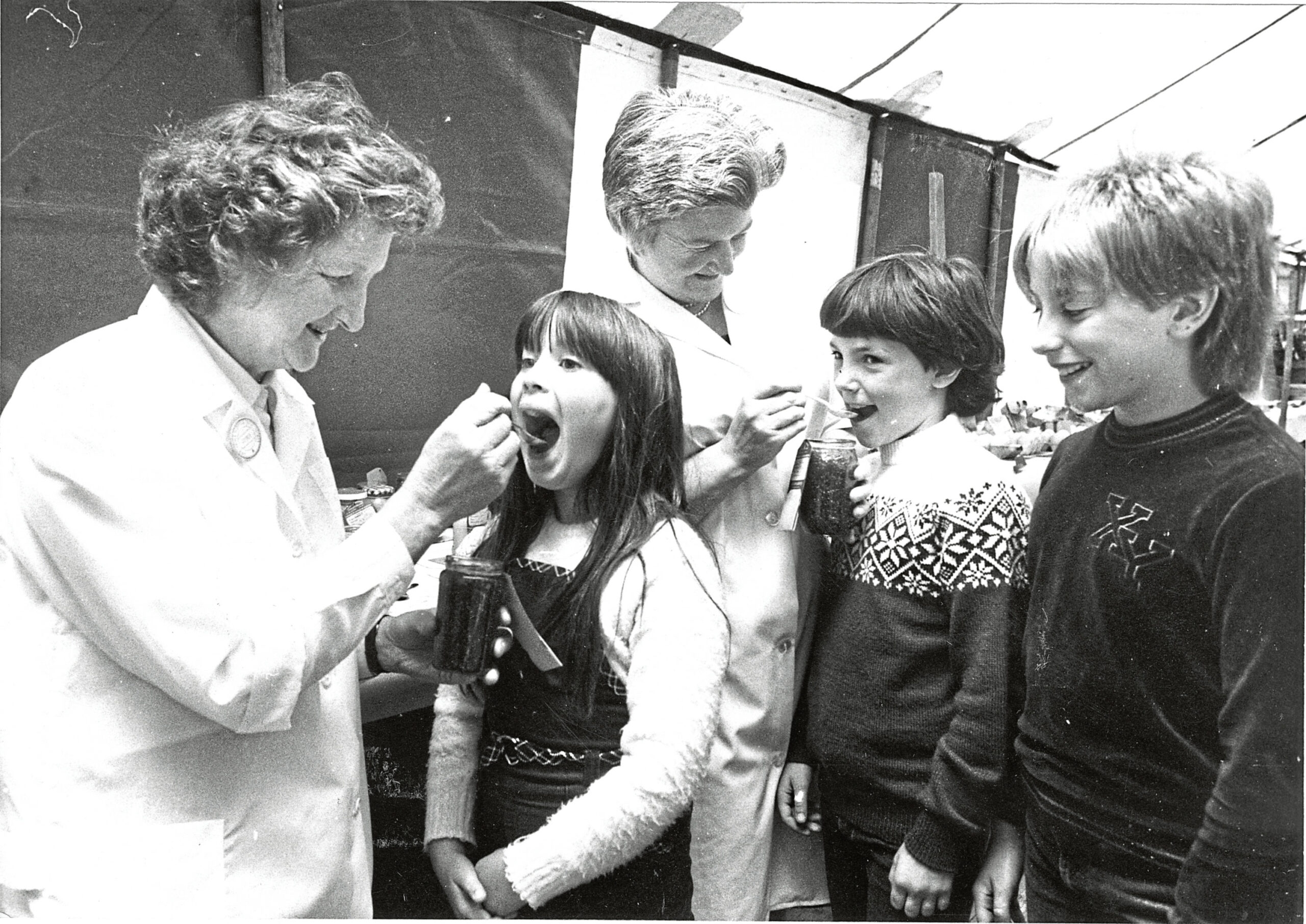

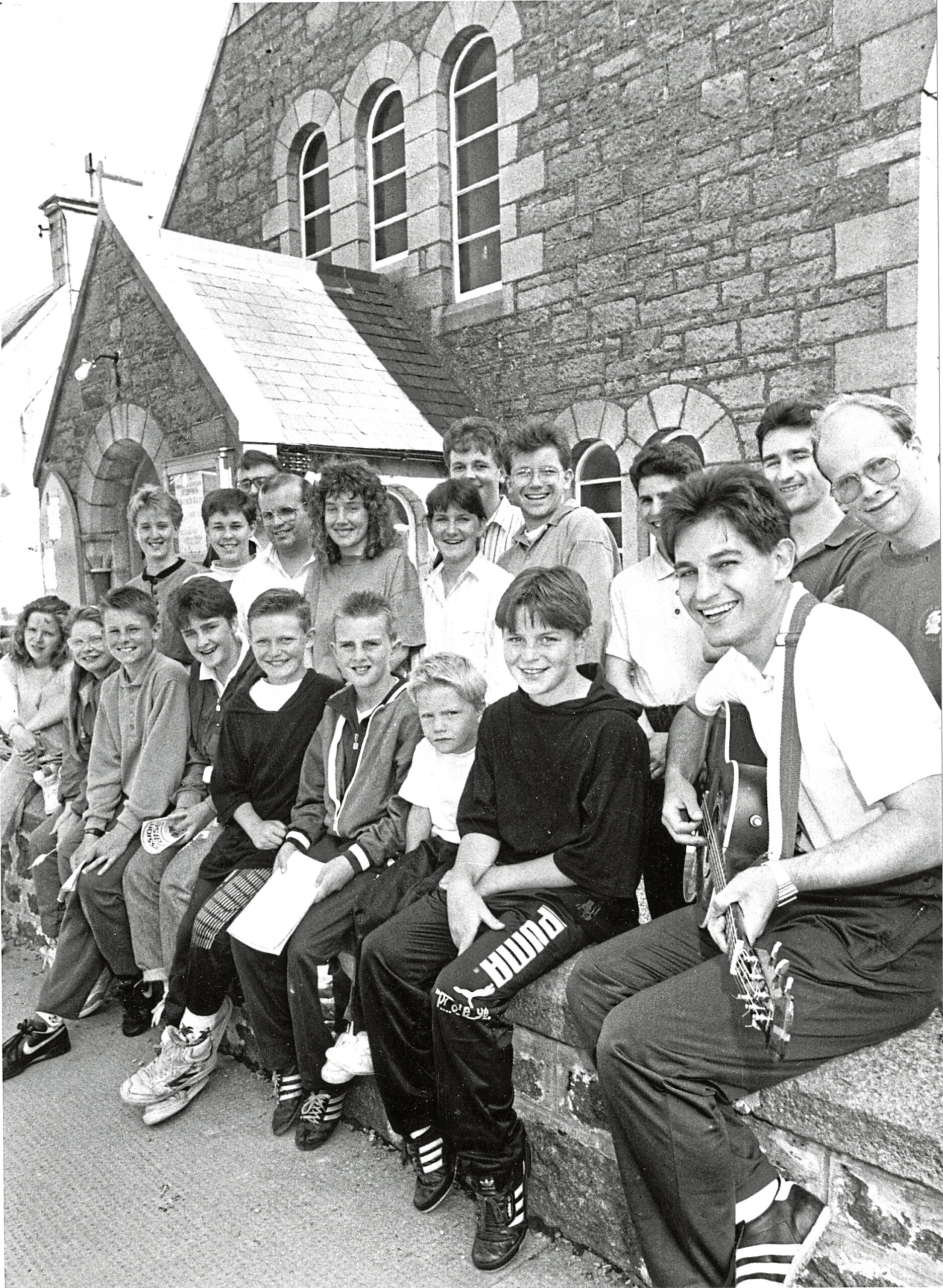
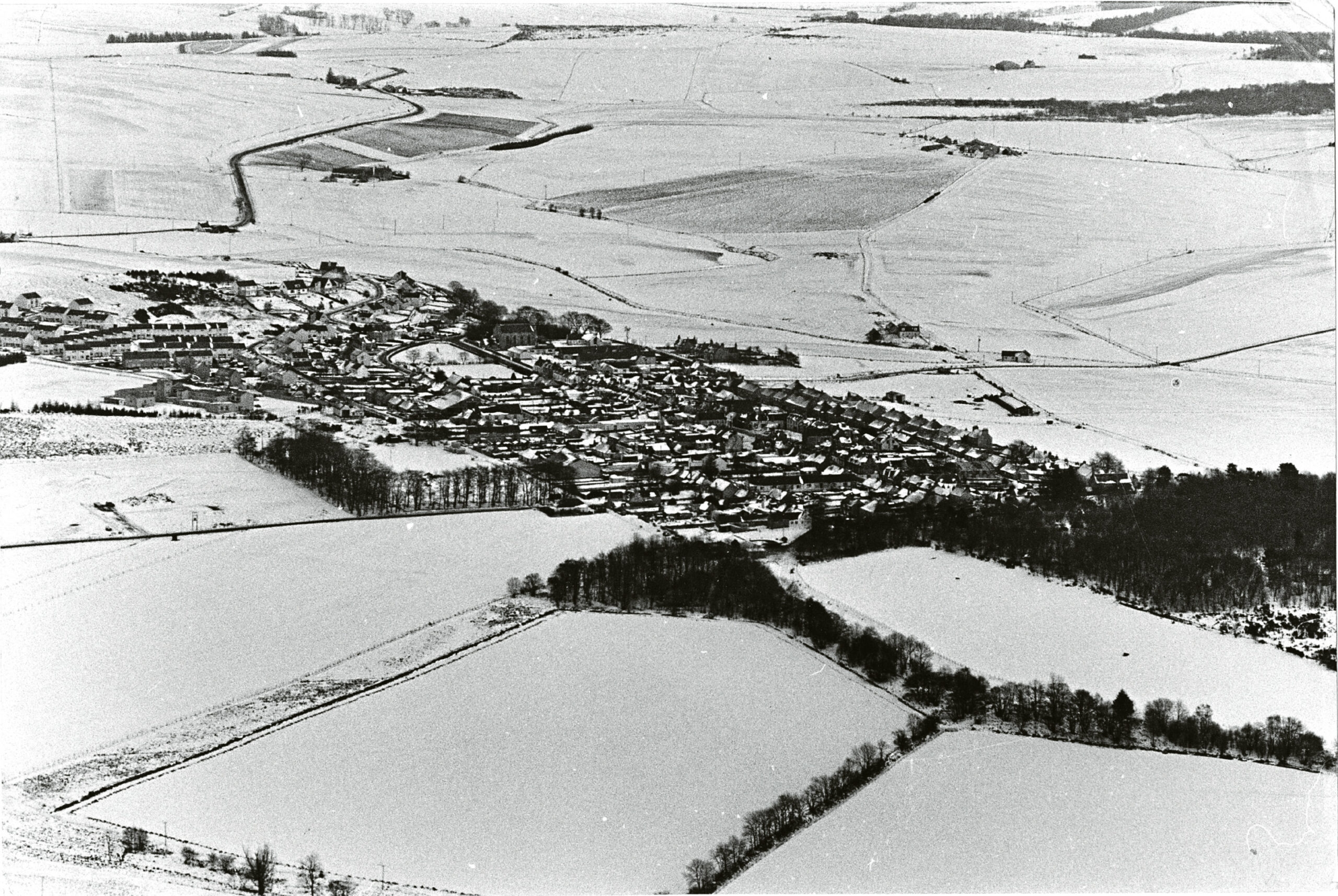
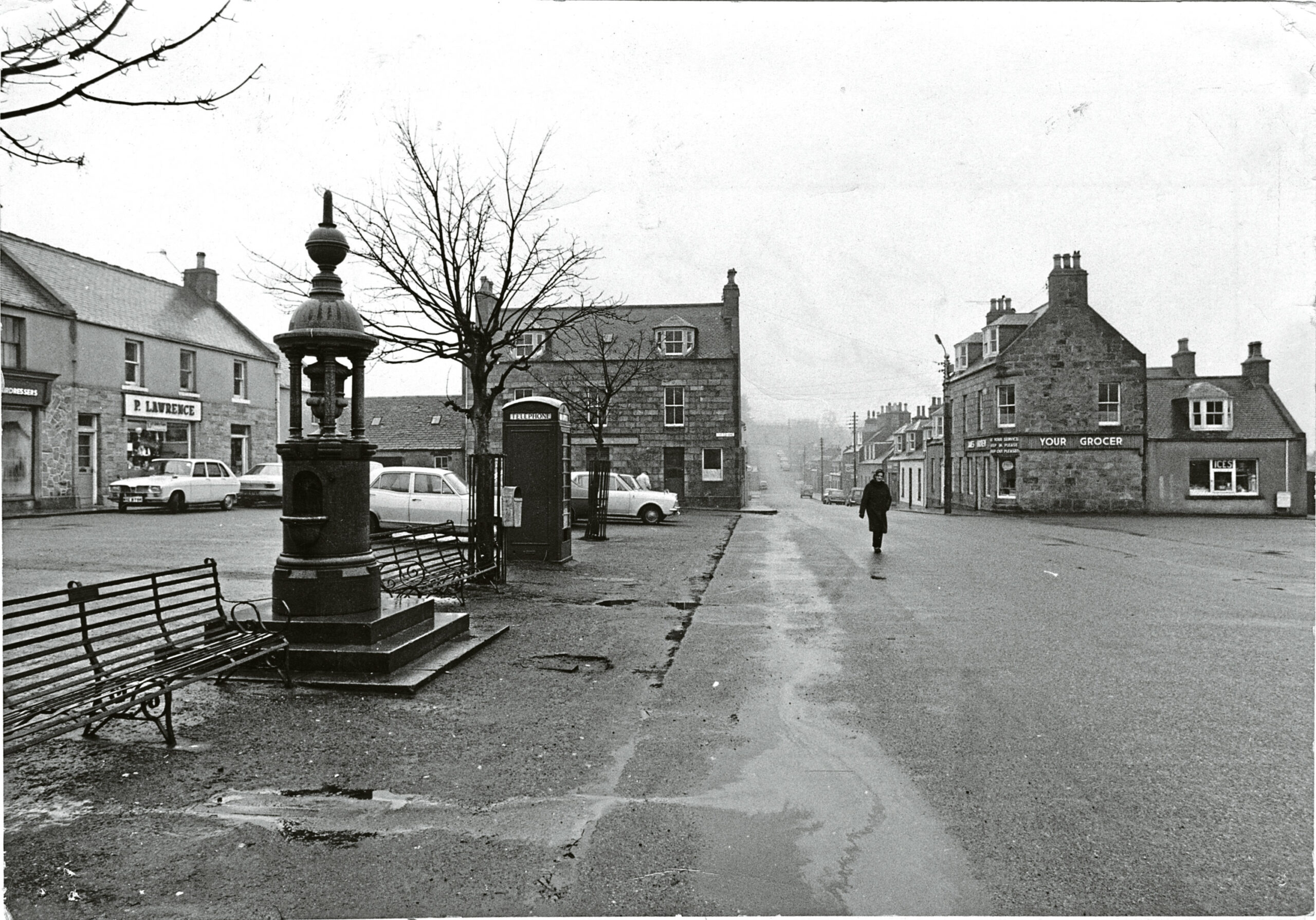
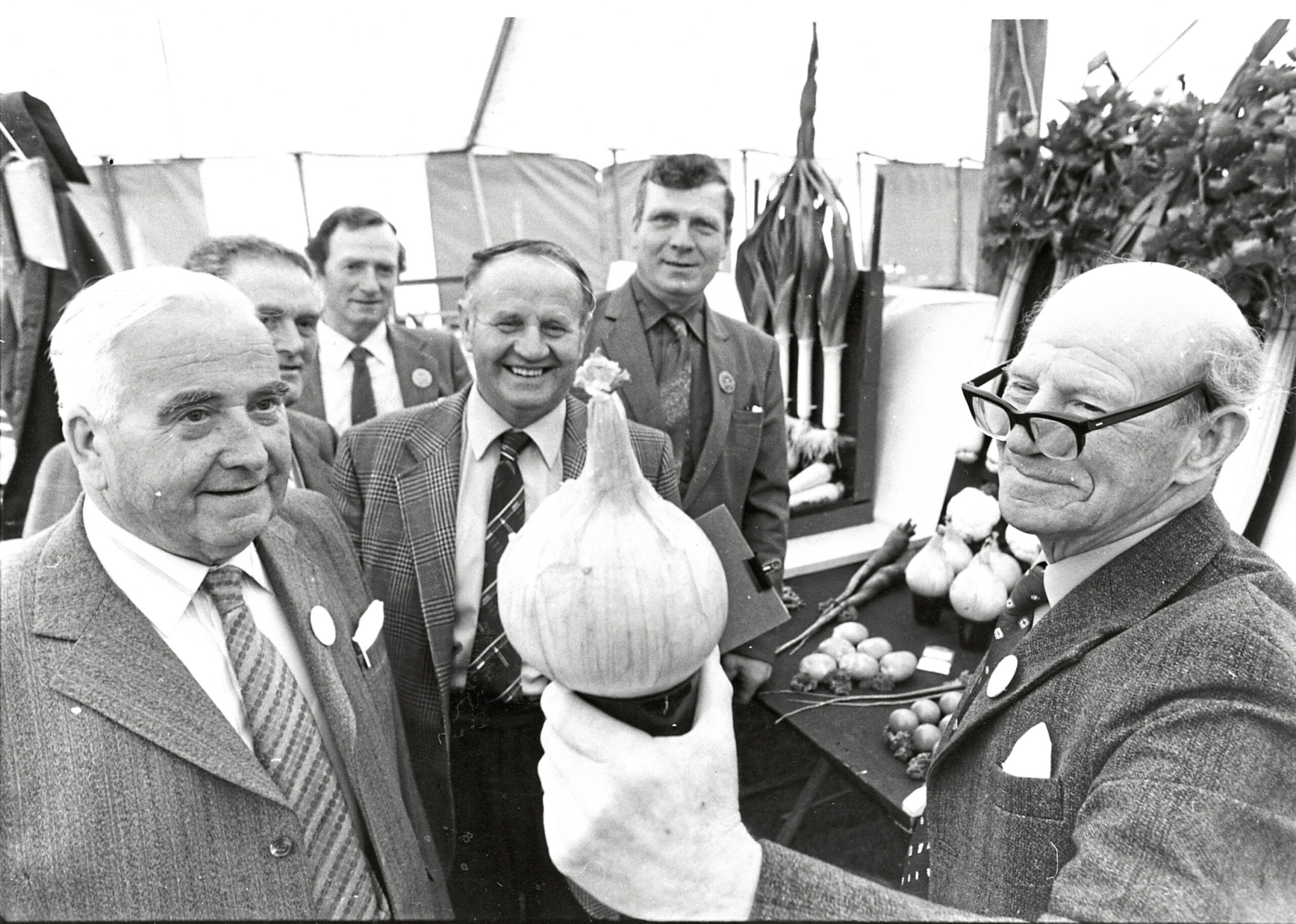
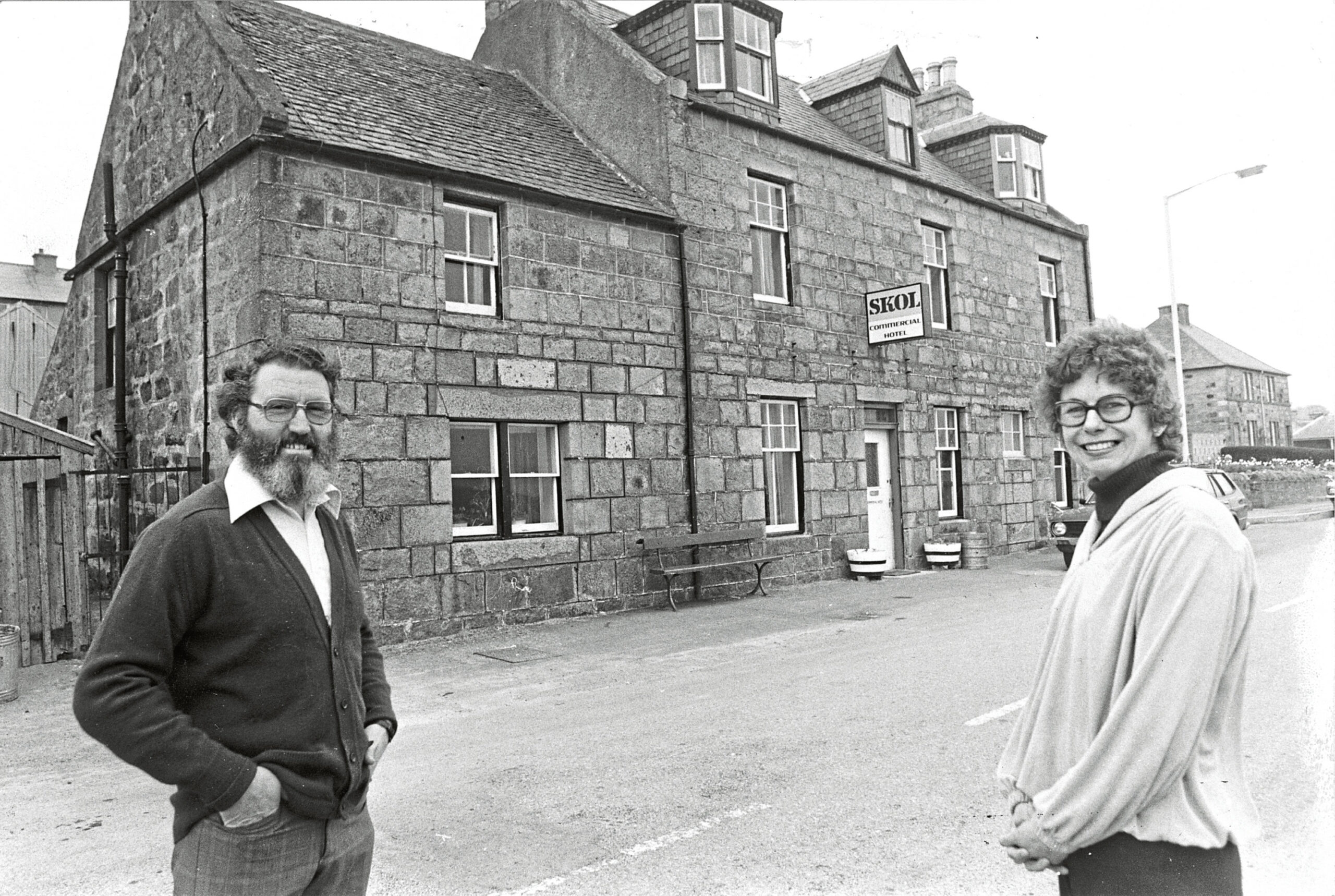

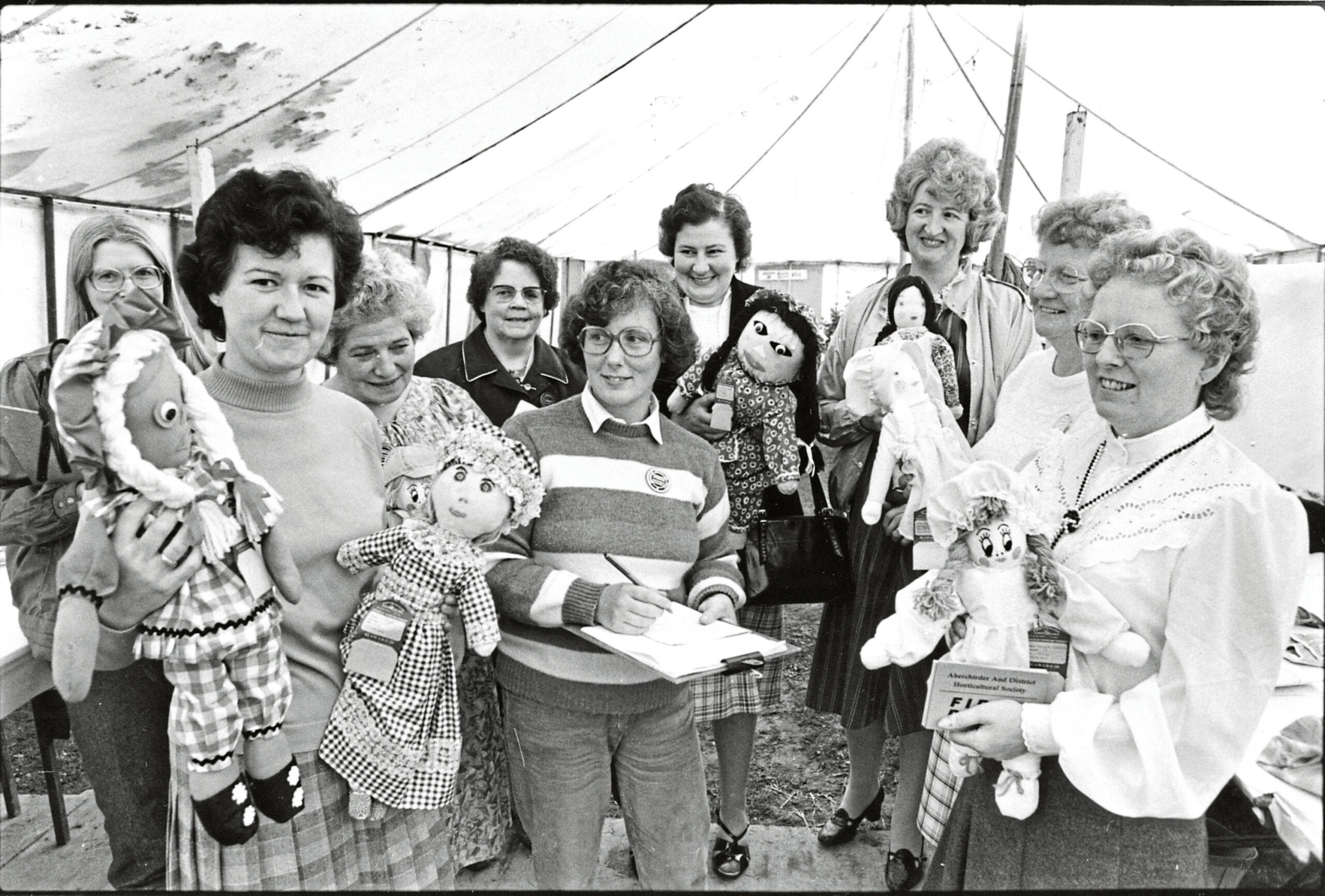
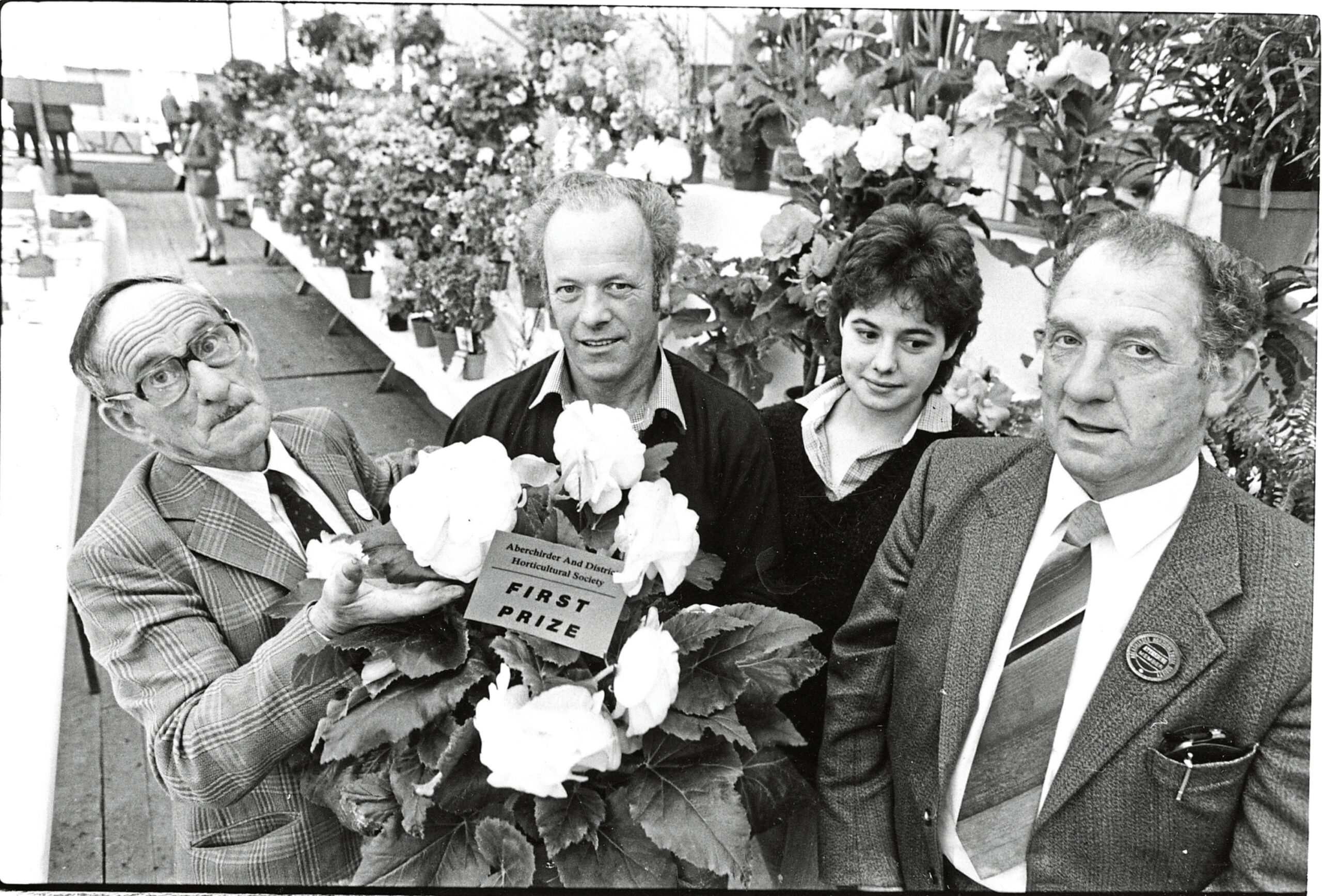
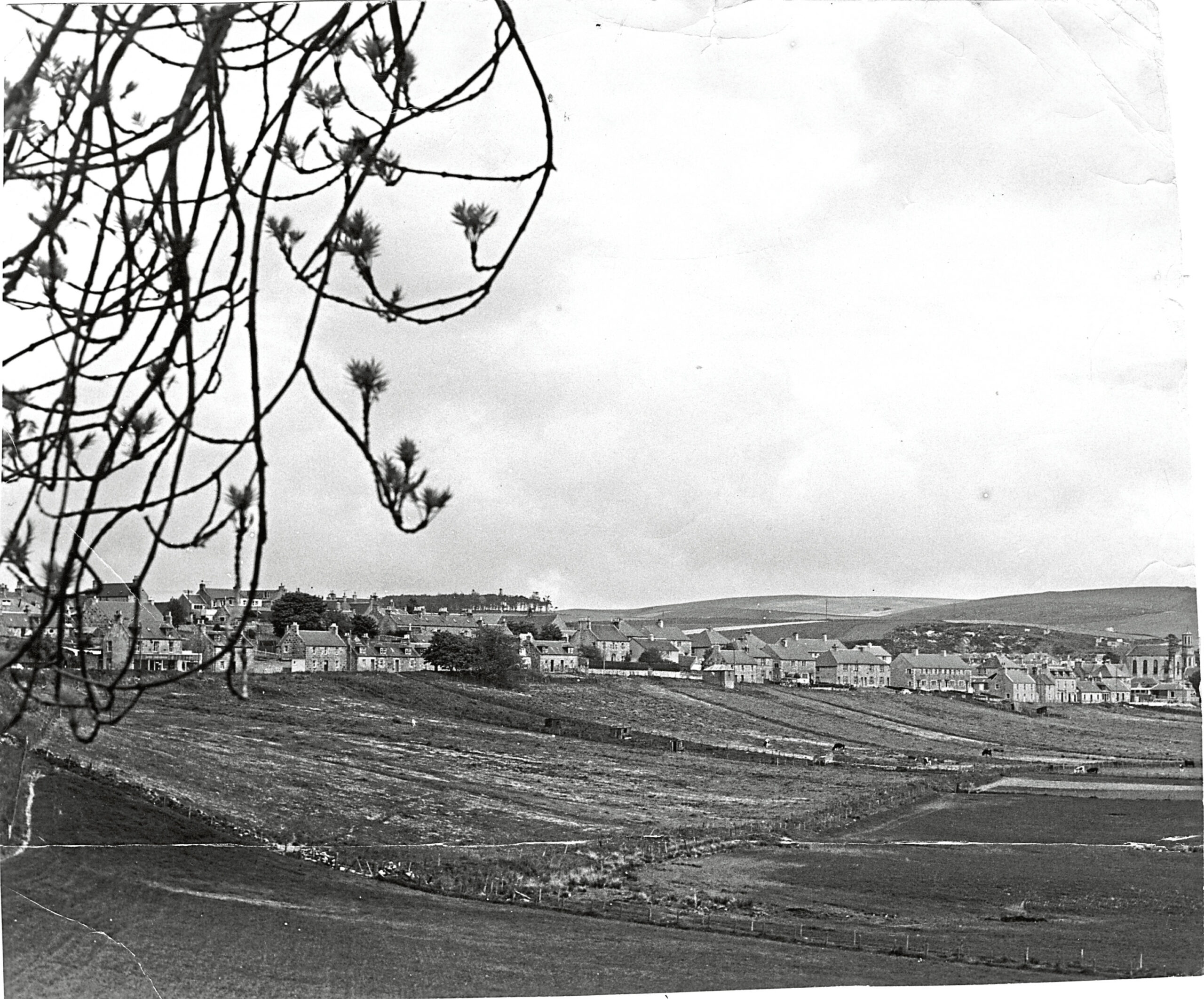

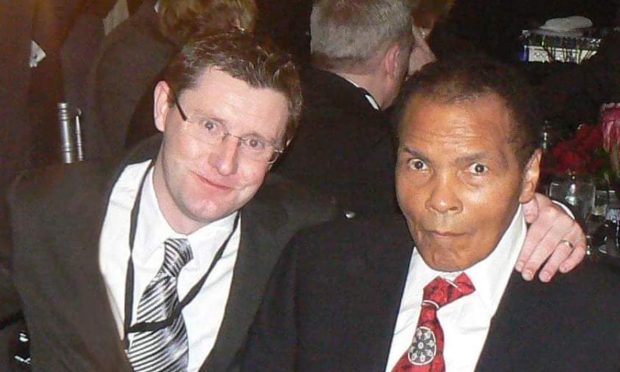

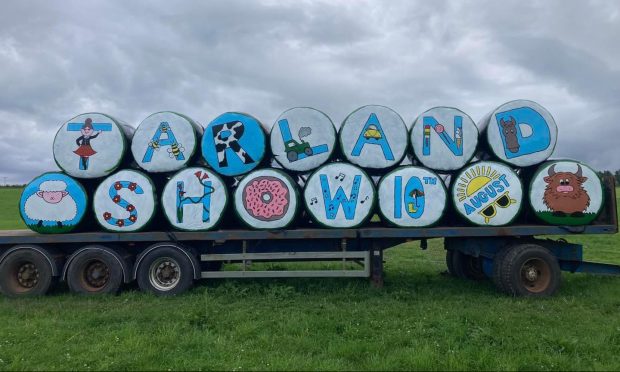




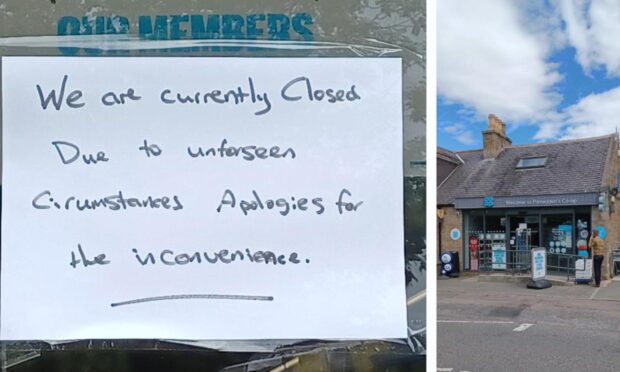


Conversation